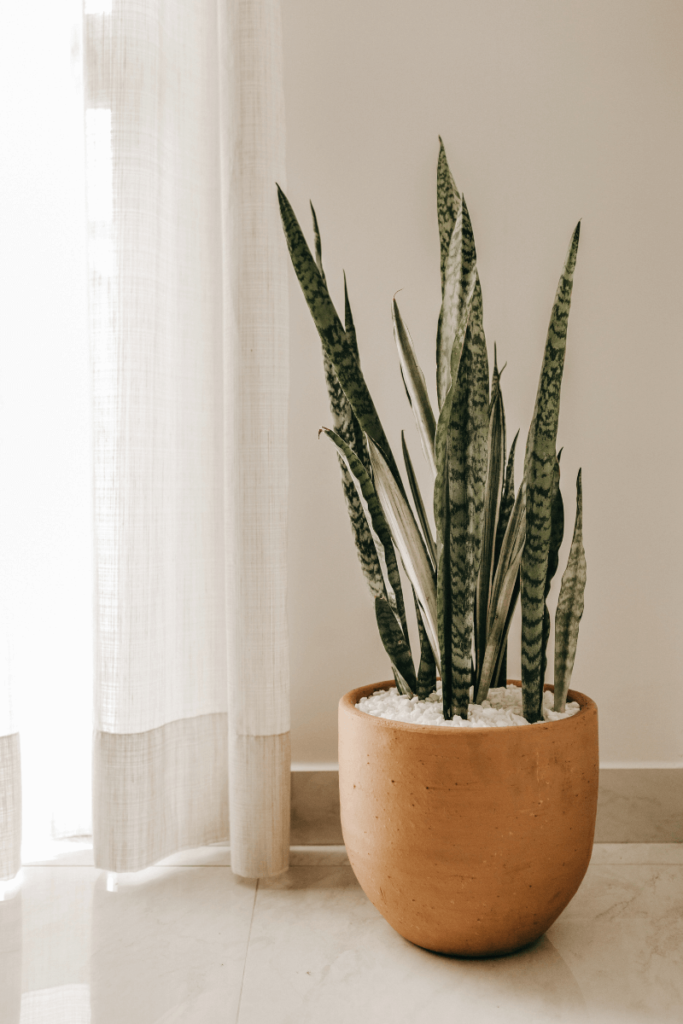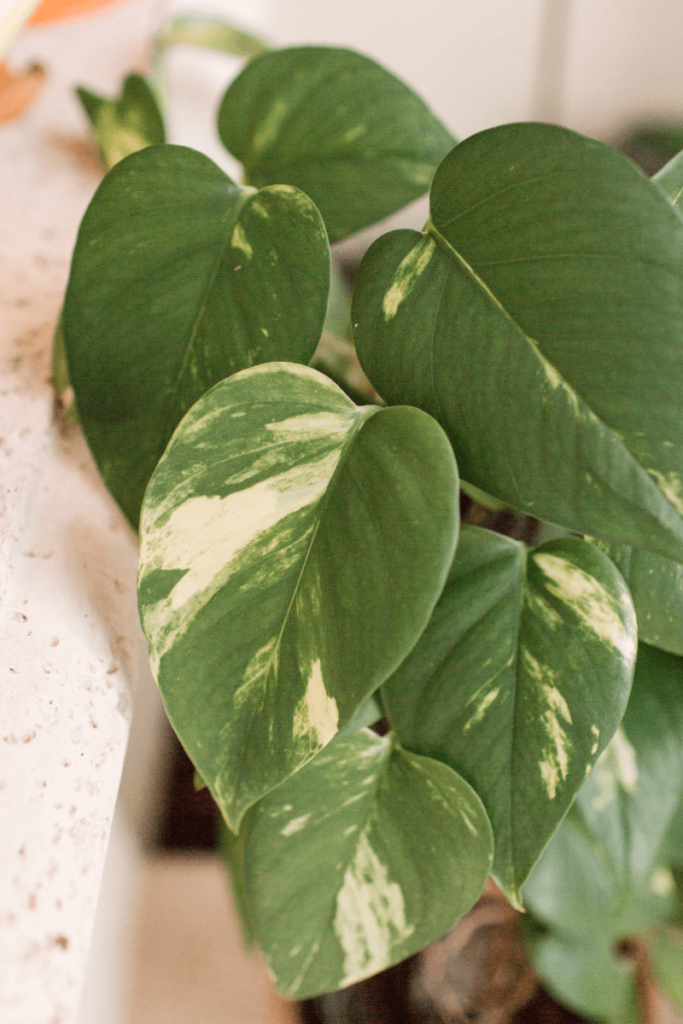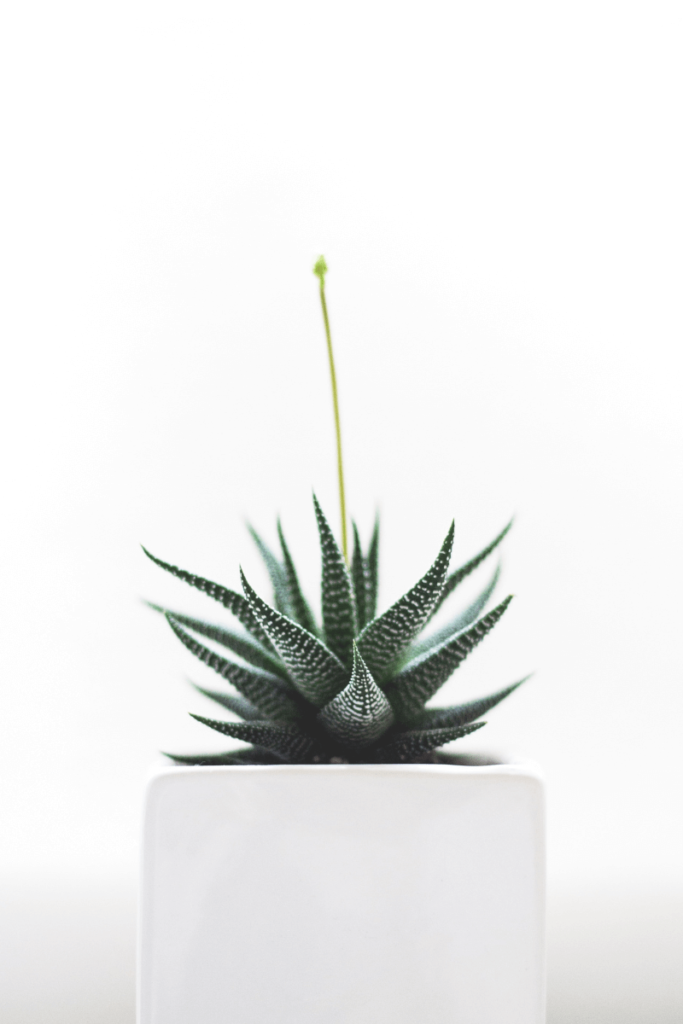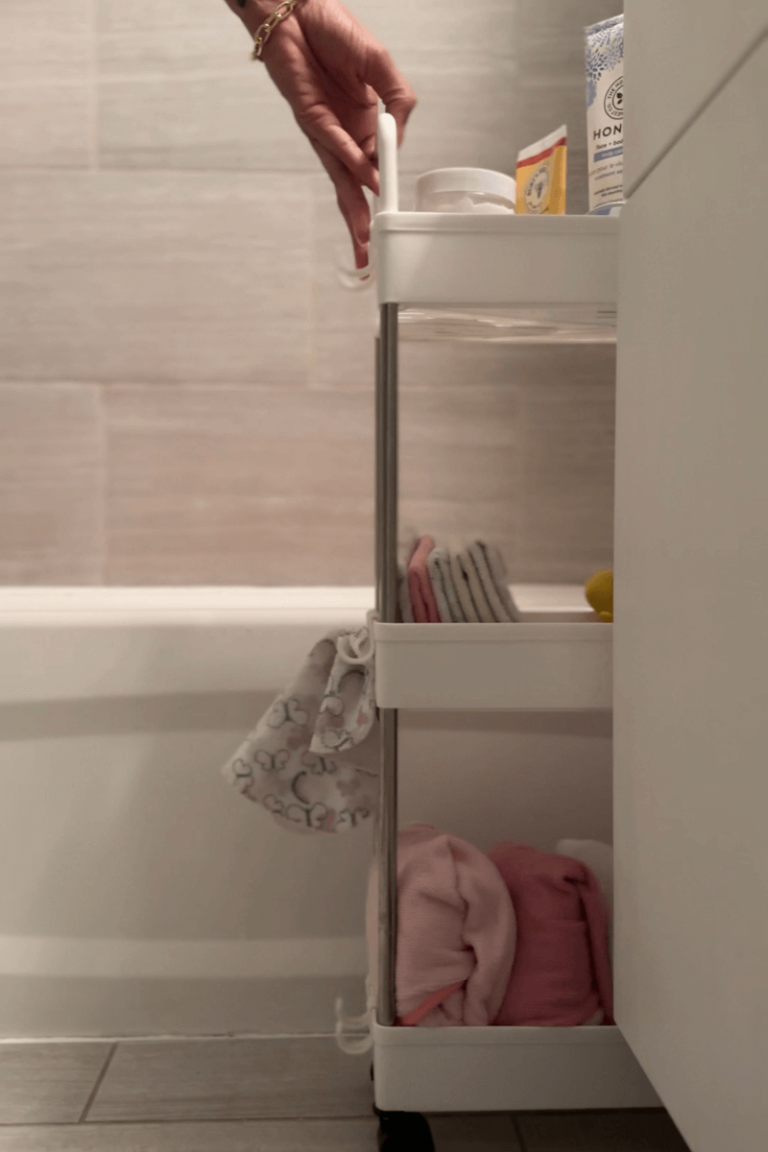When it comes to decorating your home or office, plants are a fantastic way to add a touch of nature, color, and style to any space. But if you’re not blessed with a green thumb—or just don’t have the time for plant care—you might find yourself stuck between choosing real or fake plants. Each option has its own set of advantages and disadvantages, so let’s break down the pros and cons of real versus fake plants to help you decide which is the best fit for your space.
Real Plants: Pros and Cons
Pros of Real Plants
- Improved Air Quality
One of the biggest benefits of having real plants is their natural ability to purify the air. Plants like spider plants, snake plants, and pothos help filter out toxins, adding fresh oxygen to your home or workspace. This natural air purification can contribute to a healthier and more pleasant environment. - Natural Aesthetic and Beauty
There’s something about real plants that can’t be replicated. The organic feel, the gentle movement of leaves in a breeze, and the subtle changes as they grow all contribute to a sense of life and vibrancy in a space that fake plants simply can’t match. - Positive Impact on Mood and Productivity
Studies have shown that having real plants around can boost your mood, reduce stress, and increase productivity. The calming presence of nature indoors can create a more serene and focused atmosphere, perfect for workspaces or cozy home corners. - Connection to Nature
Tending to real plants can provide a therapeutic experience, helping you feel more connected to nature. Watching your plant grow, blossom, or simply thrive under your care can be incredibly rewarding.

Cons of Real Plants
Potential for Mess
Real plants can be messy. Fallen leaves, spilled soil, and water drips are common issues, especially if the plant is not in the right kind of pot or is located in a high-traffic area.
Maintenance and Care
The most significant downside of real plants is the care they require. Regular watering, occasional pruning, and ensuring they receive the right amount of light can be a challenge, especially for busy individuals or those without a knack for gardening.
Pests and Allergies
Real plants can attract pests like gnats or mites, and some can trigger allergies. For those sensitive to pollen or certain plant types, this can be a significant drawback.
Fake Plants: Pros and Cons
Pros of Fake Plants
- Zero Maintenance
Perhaps the most appealing benefit of fake plants is that they require no care. No watering, no sunlight, no pruning—just set them up and enjoy the greenery without any effort. This makes them perfect for people with busy lifestyles or those who travel often. - Allergy-Free and Pest-Free
Fake plants don’t attract bugs, and they won’t trigger allergies, making them ideal for anyone sensitive to plant pollen or mold. They’re a safe choice for households with kids, pets, or anyone with respiratory sensitivities. - Durability and Longevity
Fake plants don’t die, wilt, or fade in low light, so they’ll keep looking good year-round. They can be placed anywhere, regardless of light conditions, and will still provide a pop of color to your space. - Versatility in Design
With fake plants, you can choose from a wide variety of species that might be difficult to maintain in your climate. You can have tropical palms, succulents, or flowering plants that look real and perfectly fit your decor without any seasonal restrictions.
Cons of Fake Plants
- Lack of Realism
Despite improvements in design, many fake plants still don’t quite match the beauty of the real thing. Some can look plasticky or artificial up close, which can detract from the natural feel you might be aiming for. - No Health Benefits
Fake plants don’t offer the air-purifying benefits or mood-enhancing effects of real plants. While they can still add visual appeal, they won’t contribute to a healthier indoor environment. - Environmental Impact
Most fake plants are made from non-biodegradable materials like plastic, which can contribute to environmental waste. They also lack the sustainability factor of real plants, which can be a consideration for eco-conscious buyers.
Low-Maintenance Real Plants to Consider
If you’re leaning toward real plants but are worried about maintenance, here are some low-maintenance options that are perfect for beginners or busy individuals:
- Snake Plant (Sansevieria)
Known for its striking vertical leaves, the snake plant is incredibly tough and can thrive in low light and with infrequent watering. It’s also an excellent air purifier. - ZZ Plant (Zamioculcas zamiifolia)
The ZZ plant is nearly indestructible. It’s drought-tolerant, does well in low light, and needs minimal care. Just occasional watering will keep this beauty thriving. - Pothos (Epipremnum aureum)
Pothos is a vining plant with heart-shaped leaves that can grow in a variety of lighting conditions, from bright indirect light to low light. It’s also very forgiving if you forget to water it occasionally. - Succulents
Succulents are perfect for those who want a touch of greenery without much upkeep. They thrive in bright light and require little water, making them an ideal choice for windowsills or sunny spots.
So… Real or Fake?
The choice between real and fake plants ultimately depends on your lifestyle, preferences, and the kind of impact you want your plants to have on your space. Real plants offer beauty, health benefits, and a connection to nature, while fake plants provide effortless style and longevity without the upkeep. Whichever you choose, plants—real or fake—can transform your environment and bring a touch of life to any room.
Love, Nilsa










